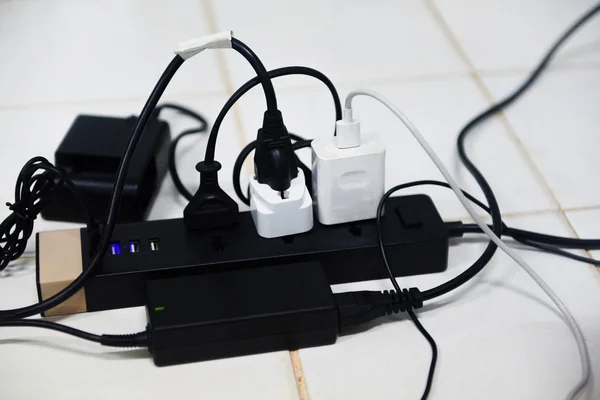
Ever think it’s harmless to plug your air fryer into an extension cord? Electrical experts say that’s a dangerous mistake, one that could put your home in serious danger. In older houses or apartments, where outlets are at a premium, it’s tempting to use extension cords and surge protectors for basically everything. But not all devices are safe to use this way, and knowing which ones to avoid makes the difference between a cozy evening and a costly, dangerous fire.
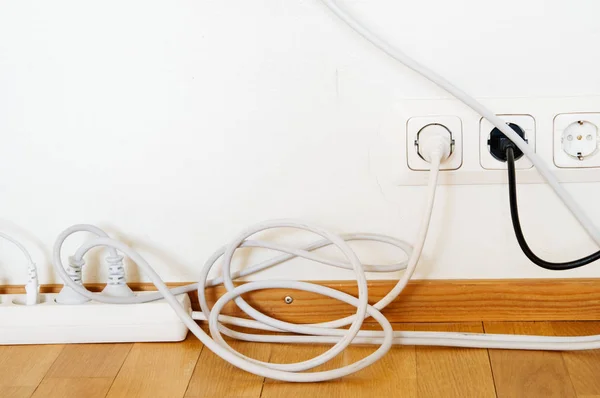
Take it from licensed electricians like Paul Martinez of Electrified NYC: Appliances that function continuously, or generate heat through an element, should be plugged directly into a wall outlet. “No extension cords whatsoever,” he says, for high-powered gear especially. And the problem isn’t overloading-it’s overheating, melting plugs, and even destroying the appliance. Here, the seven devices that should should never be plugged into an extension cord or surge protector.
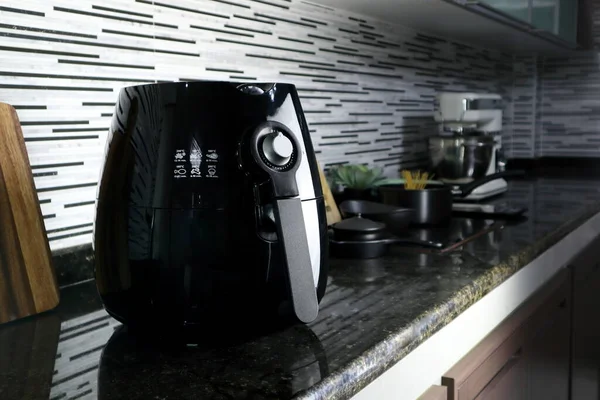
1. Air Fryers
Air fryers have become a staple in kitchens for quick, crispy ways to take in meals, but these devices use a lot of power. The larger versions draw as much as 2,000 watts, which is beyond the rating of most extension cords. That much current can cause overheating in the cord and melting in the plug, with the potential to ignite a fire. Martinez recommends keeping your air fryer unplugged until you need it, then connecting it directly to a dedicated wall outlet. This not only reduces the risk of a fire, but also ensures the appliance functions optimally.
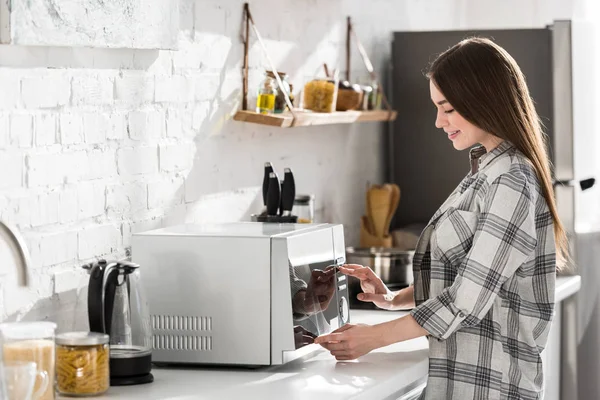
2. Microwaves
Other heavy-duty appliances that require being on their own circuit are countertop microwaves. Even the smaller units can draw a lot of wattage. Using them with an extension cord raises the risk of overheating. The National Fire Protection Association lists misuse of electrical cooking appliances as one of the leading causes of home fires. For maximum safety, microwaves should always be plugged directly into a wall outlet, preferably one that is designed to handle the load.

3. Space heaters
Space heaters are notorious fire hazards. According to the Consumer Product Safety Commission, between 2017 and 2019 they were involved in an estimated 1,700 fires each year. “Let’s say you connect [an extension cord] to a floor heater—the plug melts and it starts a fire,” Martinez says. The high heat output combined with continuous operation makes space heaters unsafe on extension cords or power strips. Always use them with a direct wall connection, and never leave them unattended.
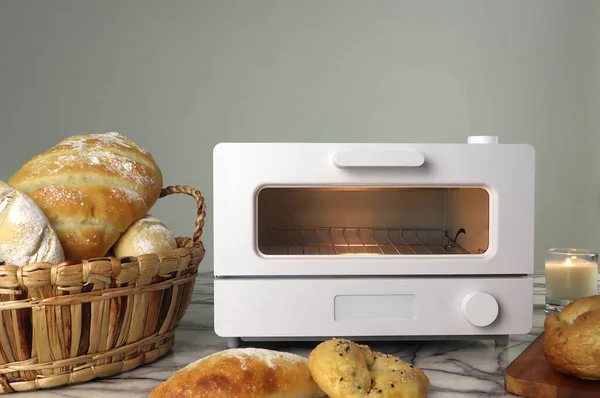
4. Toasters and toaster ovens
But despite their size, toasters and toaster ovens draw some heavy-duty power. Models generally fall in the range of 1,200 to 1,400 watts, which can overload regular 14-gauge cords. Martinez warns that a 14-gauge cord “will not hold the amperage” for heating appliances, resulting in cord failure and fires. If your kitchen layout forces you to use an outlet that’s a distance away, try rearranging appliances rather than risk an unsafe setup.

5. Refrigerators
But refrigerators use much less wattage, typically in the range between 300 to 800 watts. They are on all the time, and this continuous draw creates some unusual but damaging effects when combined with an extension cord: motor strain or inefficient cooling. A bad connection might cost some spoiled food or expensive repairs without any fire. For long-term reliability, refrigerators must be plugged directly into a wall outlet at all times.

6. Air conditioning units
Window AC units draw a great deal of power, and it’s quite simple to overload the compressor by placing an undersized unit in your space. Martinez also cautions against using them with extension cords, adding they are designed to cycle on and off to keep from drawing too much energy at one time. You can get an approximate BTU measurement online with an online BTU calculator to select the correctly sized unit for your space and keep things cool without overloading your wiring.
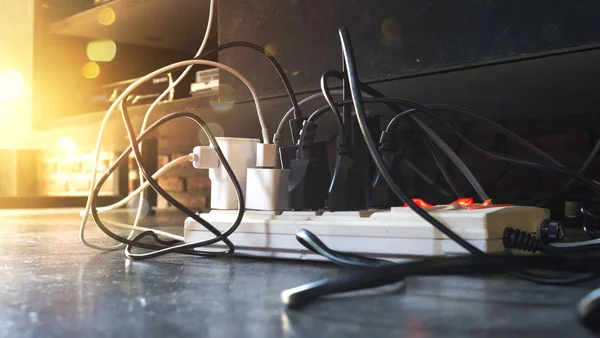
7. Extension Cords into Extension Cords
Also known as “daisy chaining,” plugging one extension cord into another is a major safety hazard. This increases resistance and voltage drop, which can quickly exceed the amperage rating of the cords. According to electrical safety, cords should be used only for temporary needs and never chained. If you need more reach, invest in a single cord of the correct length and gauge, or have an outlet installed where you need it.
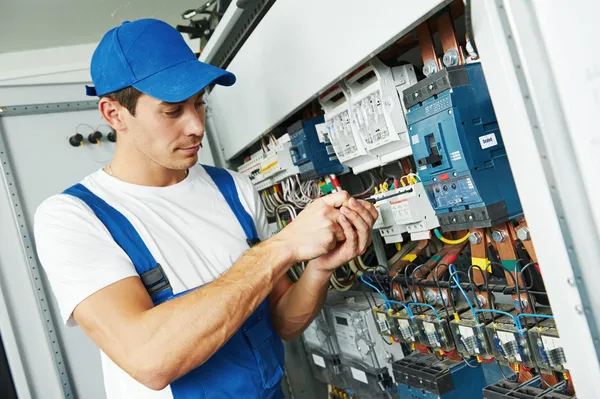
Electrical safety is not a matter of mere inconvenience; it’s about averting hazards that can destroy property and endanger lives. Extension cords and surge protectors have their places, but they don’t take the place of high-powered or constantly running appliances. By plugging these seven devices directly into wall outlets, homeowners and renters can drastically reduce fire risks and protect their investments. The takeaway is simple: respect the limits of your cords, and your home will thank you.


